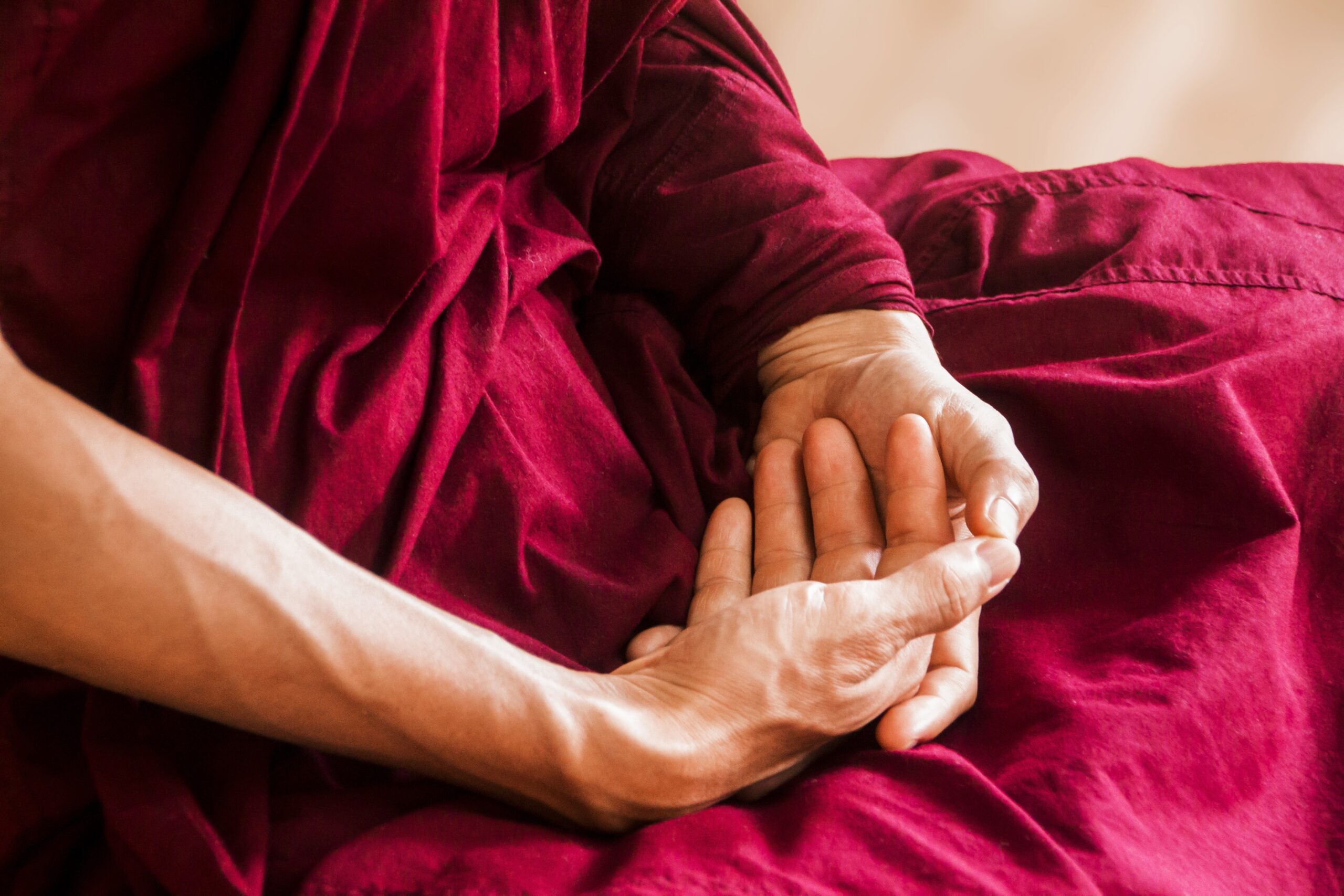Conjunctivitis & Eye Infections Remedy
Treat conjunctivitis or pinkeye with this simple kitchen remedy. In fact this remedy is effective on all kinds of sore eyes, sties, and other eye infections.
Using a non-herbal tea bag, add enough hot water to soak the tea bag. Apply the tea bag over the affected eye as a poultice for ten to fifteen minutes. Use the remaining water from the tea bag to wash the eye frequently to keep the eye clear of infection.
When the poultice gets cold, you can add more hot water. Continue washing the eye with the tea bag solution and applying the poultice for as long as needed.
When the selecting the tea bag, any will do, except for most herbal teas. Tea bags that are composed of leaves from the actual tea shrub, (not leaves from fruit or herbal plants), have an essential ingredient that most herbal teas do not have: tannin, an astringent compound that is antibacterial, anti-viral and very soothing for the eye.
It is the high tannin content that gives tea its slightly bitter or astringent flavor.
One of my tai chi students had conjunctivitis, otherwise known as pinkeye. She called me late one night, asking for advice.
Her physician prescribed a strong antibiotic for the pinkeye, but it would take ten days to clear up the infection. In the meantime, her conjunctivitis was so severe that she was suffering from unbearable pain.
I instructed her to use the tea bag remedy, which she did. The first poultice gave her immediate relief from the pain. Thereafter, she washed the eye every few hours until it cleared up. Instead of ten days, her eye cleared up in three.

Although most herbal teas will not make an effective poultice for eye infections, pau d’arco tea is an exception.
Also called taheebo or lapacho tea, pau d’arco is actually tree bark that comes from the taheebo or lapacho tree in the Amazon rainforest.
Natives scrape the inner bark to make a tea to treat dysentery, malaria, fever, arthritis, skin problems, syphilis, cancer and all kinds of infections.
It is anti-fungal, anti-cancerous, antibacterial and anti-viral. Thus, you can make a large pot of this, leave it sitting unrefrigerated for years on your counter without having to worry that it will go bad.
Very “cooling” and slightly bitter in taste, the shredded bark can be steeped in boiling water to be drunk or used as a poultice against all kinds of infections. In fact, it is even stronger and more effective than tannin-containing tea.
You can wash your infected eye with the tea, and use it as a poultice, with or without the addition of regular tea that contains tannin.
However, prolonged consumption can cause vomiting and diarrhea. Do not take it straight for more than one week. Some people also experience anemia and excessive bleeding. People taking anticoagulants, pregnant women, and lactating mothers should not take the pau-d’arco tea.
For dry eye or irritated sore eyes due to allergies, you can also create your own saline solution for bathing or treating with eye drops. Add one teaspoon of table salt to a liter (or quart) of distilled water. Use an eyedropper if you want to apply as eye drops.
One man I knew suffered sties that were so severe, he would have to get them surgically removed. When I hear stories such as these I am always shocked at the desperate lengths people resort to when there is a simple home remedy found right in their kitchen.
For sties, the best remedy to use is the tea bag remedy. Even if you don’t drink tea, it’s a good idea to always keep a few tea bags for such emergencies.
For regular eye care maintenance, use the saline solution to bathe the eyes regularly and to prevent conjunctivitis and other eye infections from occurring.




